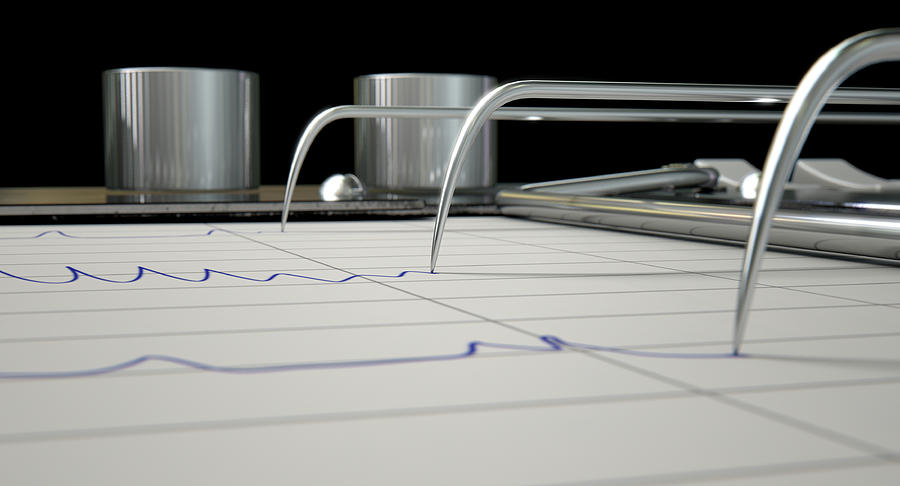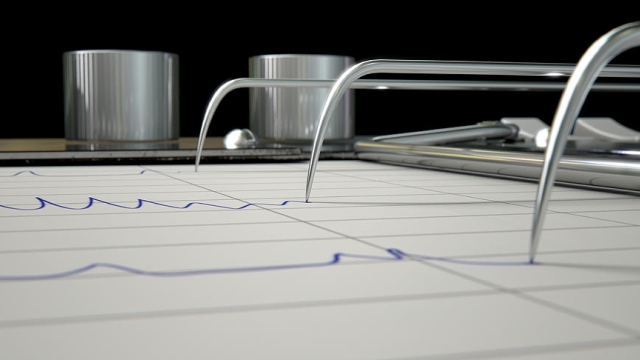
In a world where truth and deception often dance a delicate tango, the lie detector test stands as a formidable tool in unraveling the mysteries of human honesty. This intricate examination, more formally known as a polygraph test, delves into the subtle physiological responses of individuals when faced with probing questions. While not without controversy, lie detector tests have long captured the imagination of both skeptics and believers, offering a glimpse into the fascinating intersection of science and psychology. At the heart of this examination lies the quest for uncovering hidden truths and shedding light on the shadows of deceit.
History of Lie Detector Tests
The origins of lie detector tests can be traced back to the early 20th century when it was developed by American psychologist William Moulton Marston. He believed that changes in blood pressure could indicate deception, leading to the creation of the systolic blood pressure test. Later on, other physiological measurements such as heart rate and respiration were incorporated into lie detector tests.
In the 1920s, John Augustus Larson, a police officer, further refined the concept of lie detection by introducing the modern polygraph test. Larson’s polygraph machine measured multiple physiological responses simultaneously, providing a more comprehensive analysis of a person’s truthfulness. This innovation revolutionized the field of forensic psychology and brought lie detectors into mainstream use for criminal investigations.
Over the years, the use of lie detector tests has sparked debates regarding their accuracy and reliability. While proponents argue that they can provide valuable insights into truthfulness, critics point out that factors such as anxiety, stress, and individual differences can affect the test results. Despite the controversies, lie detector tests continue to be used in various fields, including law enforcement, employment screening, and national security.
How Lie Detector Tests Work
Lie detector tests, also known as polygraph tests, operate on the principle that physiological changes occur when a person lies. The test measures various bodily responses such as heart rate, blood pressure, respiration, and skin conductivity to determine the likelihood of deception.
During the test, the individual being examined is typically asked a series of baseline questions to establish normal physiological responses. This helps the examiner compare the person’s reactions when answering relevant questions related to the investigation or incident in question.
The results of a lie detector test are interpreted by a trained polygraph examiner who analyzes the data collected during the examination. While lie detector tests are not foolproof and their accuracy is a topic of debate, they remain a widely used tool in certain fields such as law enforcement and security.
Controversies Surrounding Lie Detector Tests
Lie detector tests have been a subject of intense debate and controversy for many years. Critics argue that these tests are not completely reliable, as they can be influenced by various factors such as the individual’s emotional state, stress levels, and even the skills of the examiner conducting the test.
Lie detector exam
Another major controversy surrounding lie detector tests is their accuracy in determining deception. While proponents claim that the tests can accurately detect lies based on physiological responses, opponents argue that these responses can be triggered by factors unrelated to deception, leading to false results.
Moreover, the use of lie detector tests in legal settings has sparked controversy, with concerns raised about the potential for misuse and misinterpretation of test results. Critics argue that relying solely on the outcomes of these tests can lead to wrongful accusations and unjust outcomes, highlighting the ethical dilemmas associated with their use.


